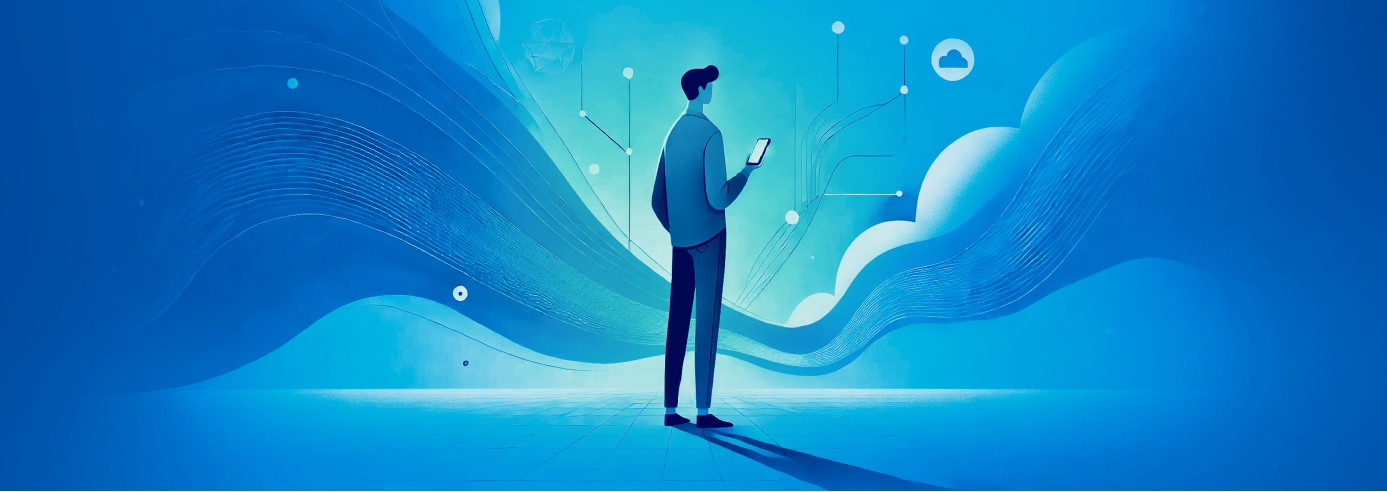In banking, trust isn’t merely a feel-good factor—it’s the bedrock of customer loyalty and a shield against emerging threats from big tech and an evolving regulatory landscape. But don’t just take my word for it. A 2024 Statista study of 75,000 consumers across 33 markets found that trust is the most important factor in banking. Think about that—above all else, customers value trust.
With that in mind you need to ask yourself—is your bank doing enough to earn the trust of its customers?
Incumbency is no longer enough
The banking industry has long relied on its incumbency, historically enjoying a position of strength and stability, and frankly—being the only game in town. But over the last decade the traditional banking model is now facing new challenges. Big tech companies, with their vast resources and customer-centric approach, are disrupting financial services.
These tech giants are leveraging their technological prowess and deep understanding of customer behavior to offer financial products and services that are seamless and personalized.
At the same time, regulators are increasing their scrutiny of the banking sector, particularly regarding consumer protection. The focus is on ensuring that banks act in the best interests of their customers, offering fair and transparent products and services. This regulatory scrutiny is further pressuring banks to rethink their strategies and prioritize customer trust.
The imperative of modernization
Here’s the challenge: How do you modernize in a way that strengthens trust? It starts with rethinking your entire product approach—moving toward personalization and deeper customer relationships. This involves offering competitive pricing, transparent communication, and delivering on promises. It’s about moving away from a one-size-fits-all approach and towards a model that rewards customer loyalty – and that requires modernization, often at the core level–something we’ve written about before.
Relationship-based pricing is one way to achieve this level of trust. Banks should be able to leverage data to understand their customers better and offer them products and services that are tailored to their individual needs and financial goals.
In this context, based on the relationship a customer has with your bank (like the average combined balance across all accounts, type and number of accounts held, and many more) they could qualify for a relationship-based tier. Customers that deepen their relationship with your bank by increasing deposits or purchasing other products raise the tier they’re on, and could qualify for rewards ranging from higher bonuses, lower fees, better interest rates, or anything else that the bank would like to configure. This approach not only enhances the customer experience but also demonstrates that your bank values the relationship and is committed to providing the best possible solutions.
Transparent communication is another crucial aspect of building trust. Banks stand to benefit themselves and their customers by being clear and upfront about their fees, interest rates, and other terms and conditions. As Maria Schuld, Head of Regional and Community Banking FIS said in an article for Finextra, “In this Information Age, customers demand stronger communication and transparency. If you don’t provide it, they’ll move on to an institution that does.”
Part of this can be accomplished by avoiding complex jargon and fine print, while communicating in a way that is easily understandable to customers. Schuld also noted, “People prefer organizations that do not hesitate to share information, and value their time by doing so clearly and precisely.” This transparency establishes trust and empowers customers to make informed financial decisions.
Delivering on promises is equally important. When a bank makes a commitment to its customers, it needs to follow through. This could involve providing timely customer service, resolving issues promptly, or offering the benefits and rewards that were promised. By consistently delivering on their promises, banks can build a reputation for reliability and trustworthiness.
Shifting to a modernization mindset
Modernization is a mindset shift. It’s about viewing customers not as account holders but as individuals with unique needs. It’s about leveraging technology to create a personalized banking experience that fosters trust.
The future of banking belongs to those who understand that trust is a competitive advantage. It’s time for banks to step up and modernize, not just for the sake of survival but for the sake of building a better, more trustworthy banking experience for all.

